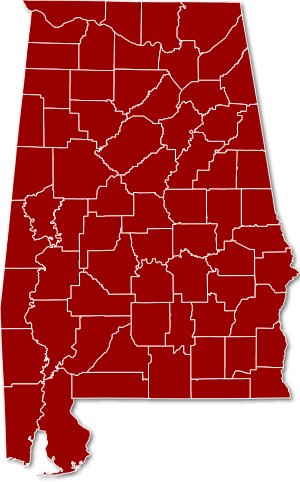The Aging Federal Workforce
 The Federal Workforce is losing a tremendous number of employees to retirement. The Federal workforce is aging and leaving in record numbers. The Federal Government has not had great success in recruiting younger people to the workforce. The Federal Government has many self-imposed barriers to recruiting and retaining younger workers, future leaders of the Federal workforce.
The Federal Workforce is losing a tremendous number of employees to retirement. The Federal workforce is aging and leaving in record numbers. The Federal Government has not had great success in recruiting younger people to the workforce. The Federal Government has many self-imposed barriers to recruiting and retaining younger workers, future leaders of the Federal workforce.
It is reported that only 7% of the Federal workforce is under the age of 30 as of 2013 as compared to 20% in 1975. Workers under 30 in the private sector was estimated at 25% in 2013. The Federal Government is losing the ability to fuel the pipeline with young workers talented in technology implementation. The world is becoming increasingly digital with a need for talent to fill the digital divide. It is in indictment of the American workforce and the education system that technology work would be farmed out to countries outside of the United States. Farming the work out provides employment opportunities for young adults in those countries, denying opportunities for young Americans.
There is certainly not a deficit of young people absolutely skilled in technology and automation. Perhaps the Federal Government should have an all-out-cry to young people engaged in automation. If recruitment means providing education and training to bring the employee up to par, then it should be done.
The Government has a long, drawn-out convoluted process of hiring even through their automated systems. By the time the process of hiring comes through, talent is no longer available. On average, it takes the Federal Government 6 months or longer to bring on a new hire. Often times, when new hires are brought on board, the job offer may be rescinded because of hiring errors due to no fault of the new hire. Many times the hiring error is in indeed a hiring error which by law should be rectified with no adverse impact on the new hire. Often these hiring errors are motivated by internal politics. A person inside of the agent might have wanted the position and was not selected. When the new hire is selected, the environment is made uncomfortable and hiring error is used as the culprit.
When a hiring error is made, like the unintentional selection of a non-Vet over a Vet, then the non-Vet should not be removed from the position. The Vet who was passed over should be given priority consideration for the next position or if a similar position is open within the agency, the Vet should occupy that position. There are many horror stories told about the conduct of Federal personnel offices and selection committees that cause many young people to turn away from the process.
If the Federal Government wants to increase the pipeline with younger workers poised to become leaders, then the hiring process must be transparent, consistent, uncomplicated with immediate job placement. Individuals looking for employment do not want to wait one to two years before getting an interview and still not be selected. The lengthy process of hiring employees and engaging them once they are hired, is one of the barriers to bringing talent to the Federal Government.
P. S. Always Remember to Share What You Know.
OTHER PHASED RETIREMENT RELATED ARTICLES
Explanation of Phased Retirement





